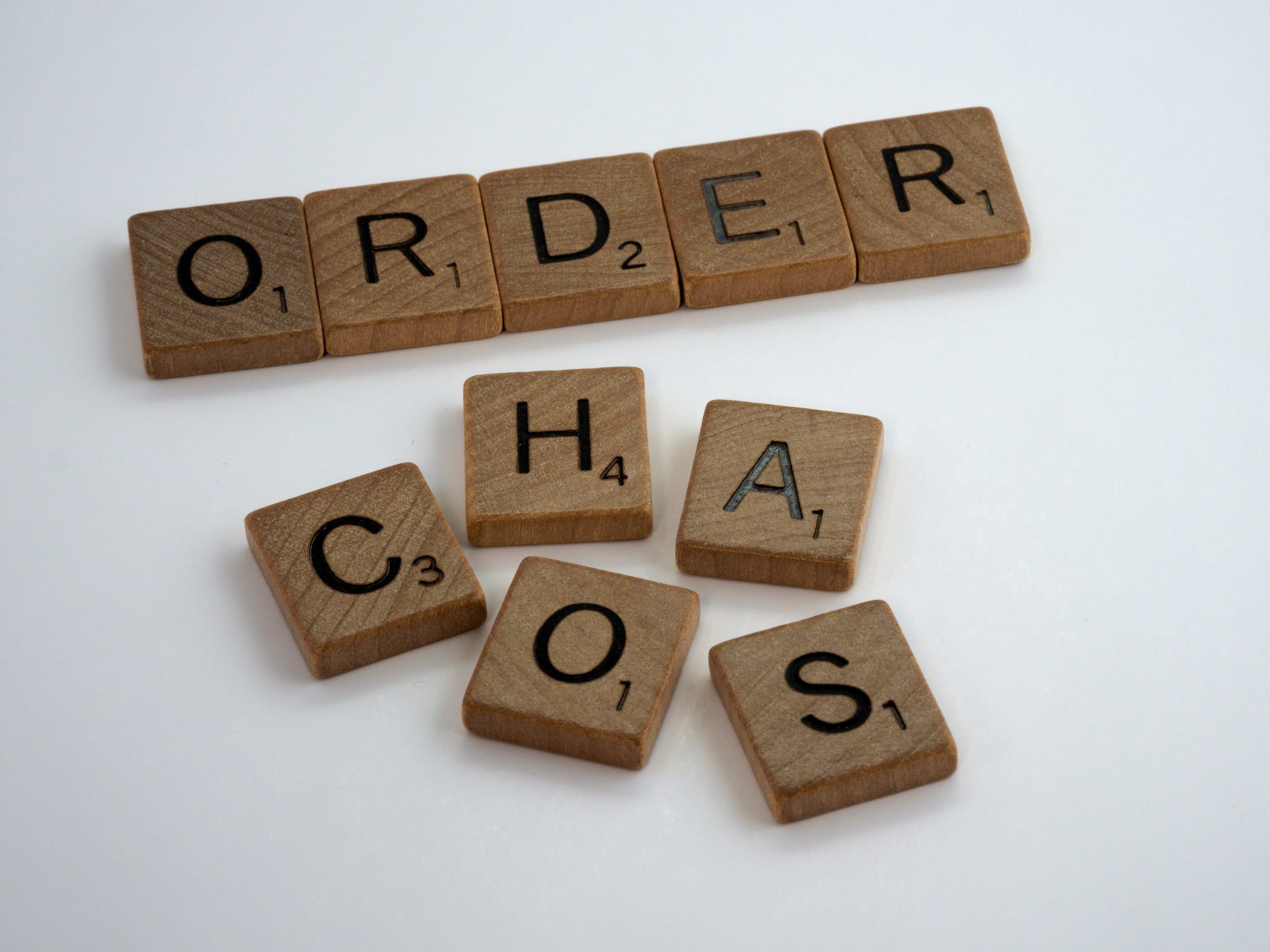5 Tips for Setting Goals with Kids
And How You Can Use These Goals to Improve Behavior and Create Positive Habits.
Help Your Child Learn and Motivate them to Believe in Themselves…
Ever find yourself wishing that you knew a way to change an undesirable or problematic behavior in your child?
If you’ve ever tried to modify a behavior for yourself… say with the latest diet or fitness trends… you know that the hardest part can often be consistency in the long run.
And there is allllll kinds of information out there telling you this, that or the other as far as why you “can’t” stick with something.
I’m here to tell you that you can, and you can apply it to your children as well.
Goals and Behavior Modification
Here’s my experience…
When I was in grad school, one of our assignments was to create a behavior modification plan for ourselves in order to alter a certain trait that we wanted to change.
For me, it was the snooze button on my alarm. I would literally set my alarm for 15-20 minutes before I needed to get up, then hit snooze 3-4 times before eventually rolling out of bed 10-15 minutes after I actually needed to be awake and getting ready.
This lead to me always rushing or being late for whatever it was I set my alarm to get up for, whether it was work or class. I'd scurry out the door wishing I had more time to stop for coffee or shop at the morning farmers market that I’d pass once a week.
I was constantly anxious and had an overall feeling of chaos to start the day.
Sound familiar to anyone?
The behavior I desired to change was hitting the snooze button because it caused the negative outcome of feeling rushed, stressed and constantly late.
What I wanted, or my goal, was to be on time for work or class without some excuse as to why I was late. This way I could set myself up to have a more productive day that started off with ease and a sense of calm. This was my why.
In the context of behavior modification, I wanted to change a pattern of behavior over time using motivational techniques and natural consequences, whether negative or positive.
If I hit snooze, I’d be rushed and running late and start the day off in a bad mood. I rarely had healthy food in my fridge or time to make a nutritious lunch and would end up eating out more frequently and spending more money (negative consequence)
If I got up without hitting snooze, I would have time to stop for coffee or the farmers market and be on time for work which put me in a better mood because I enjoyed these things. I’d have the foods in my fridge that I enjoyed and more money in my bank account. (positive consequence)
Want to give it a try?
You can help your child learn and motivate them to set goals for themselves that ultimately changes a behavior that not only benefits them, but eases your stress as well.
Win Win!
Wondering how goal setting helps you change a less desirable behavior?
Keep reading to learn the 5 Tips for Setting Goals with Kid’s, including a hypothetical experience that shows how this connects to behavior and positive habits.
5 Tips for Setting Goals with Kid’s:
Identify the Goal
Ask them what they are interested in achieving and establish an end goal. What is something they want?
Experience: Your child dreams of becoming a member of The Austin Symphony.
Determine “Why” it is important
Chat with them about the “why” behind their goal, Why is it important? What do they need to change in their routine in order to achieve this goal and how can they get there?
Experience: As a family, you all went to The Austin Symphony and your child thought it was the coolest thing in the world. Now he or she wants to be just like them and play music for audiences and families just like yours.
Set a Time Frame
Decide when they want to achieve the goal and remember to be realistic and mindful that the time frame allows them to make progress. Break down the goal into actionable steps within this time frame.
Experience: The Austin Symphony is the bigger goal, but it can be broken down into smaller goals to achieve in a more practical time frame. What steps does your child need to take first? Do they play an instrument already? Do they need help improving on the skills they already have? Can they try our for Honor band? When is the tryout for honor band? How much will they need to practice daily in that time frame to be prepared for the tryout? Do they need more lessons or classes?
Establish a Strategy
Come up with a game plan for accomplishing the goal in that amount of time that includes accountability, incentives and reinforcement. Figure out how their why connects to their actions. Try to avoid punishment in general and stick with the positive or negative consequences of their actions. Get creative.
Experience: Your child has been taking piano lessons and decides he or she wants to tryout for honor band. This will give them the experience of trying out for something and putting in the extra practice time. They would also like additional lessons. Weekly incentives include a trip to their favorite music store if they are accountable for all of their lessons and practice time. They decide they want to write a letter to one of the members of the symphony and ask them what the key is to their success as a member of the symphony.
Track their Progress
Come up with a system that allows them to see the value of efforts and small steps towards the goal and encourage and support them along the way.
Plus, you’ll begin to notice behavior changes.
Experience: The positive consequences of your child practicing more include less screen time, improved ability to play, more organization and the additional learning benefits that come from learning to play an instrument. Plus, they get to use their writing and communication skills to write that letter!
<<< Read: Top 5 Benefits of Fun & Engaging Classes and Lessons with Austin Arts Academy>>>
Bonus Tip: Celebrate!!!
Reaching a goal is so rewarding and deserves to be celebrated! Part of the strategy can be planning how you will celebrate achieving the goal. The goal itself is satisfying, but adding the bonus of celebration makes it all that more satisfying and adds that extra encouragement.
Experience: When your child makes honor band, you will all go to another performance by The Austin Symphony and meet the performing member that they wrote to.
Congratulations!
Congratulations! You have helped your student successfully move one step closer to achieving a bigger dream, encouraging them to believe in themselves. Plus, you have enjoyed the benefits of behavior modification through goal setting, which improves behavior and creates positive habits!
We have spots available and would love for your child to join our Music, Art, & Dance classes, or take private lessons if our classes don't fit your schedule.
Course Catalog
And Yes, we’ve had students participate in lessons to help them make honor band! Watch here…
Our teachers at Austin Arts Academy help identify goals, implement strategy and track progress in weekly lessons and classes, helping you experience the joy of your child reaching his or her goals!
Written by Melissa Wolken
Contributing Writer, Culture Curator, and Admin Team Member
At Austin Arts Academy, we change the way you learn Music, Art, & Dance from rigid or boring to fun and engaging-an experience students will love at any age.
Don't Know Where to Start? CLICK HERE
Watch our Spring May 2022 Virtual Recital HERE
We invite you to stay connected with us on social media where we share videos and posts every week showing what our students are learning, both in private lessons and in our group classes.





